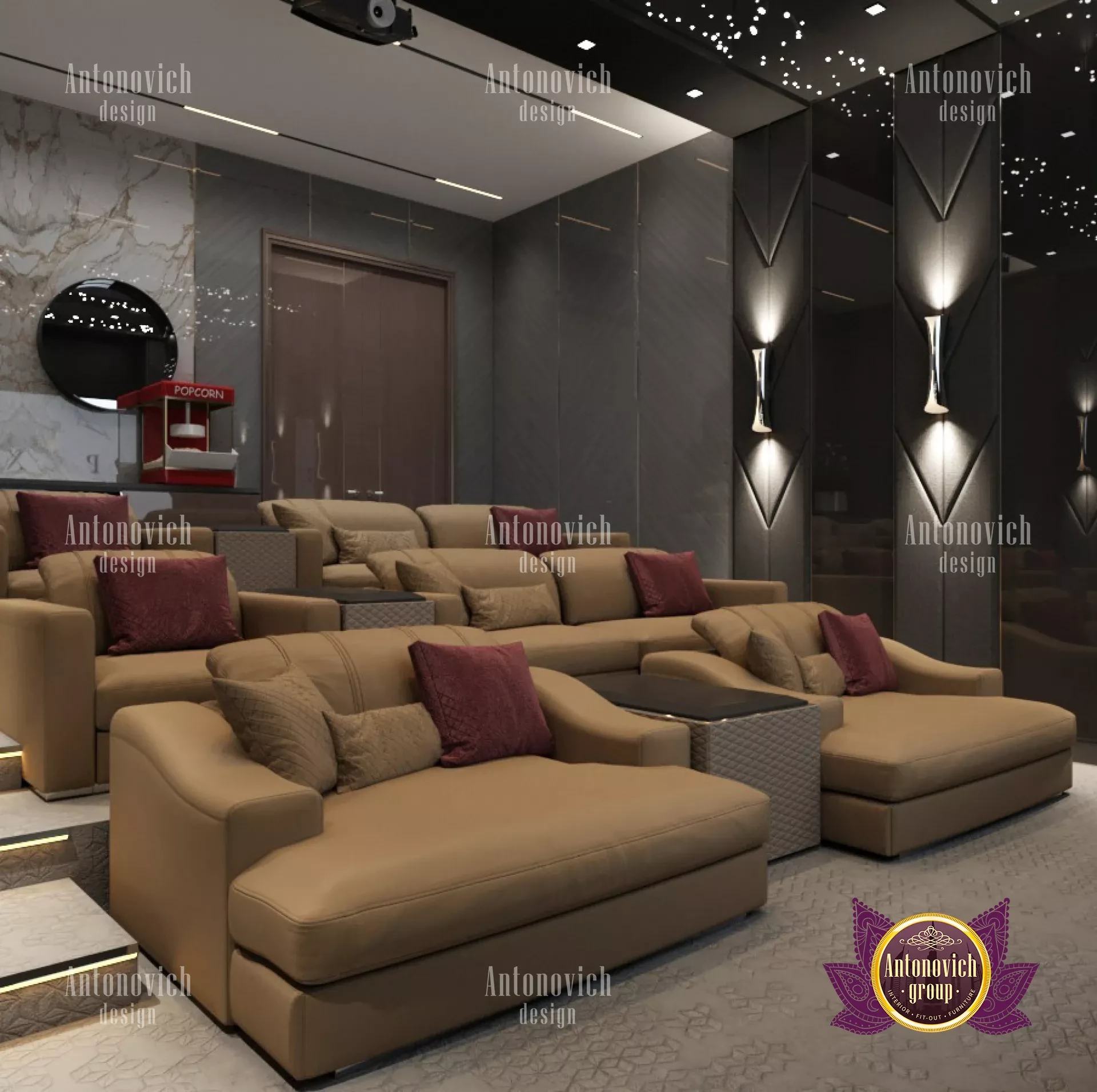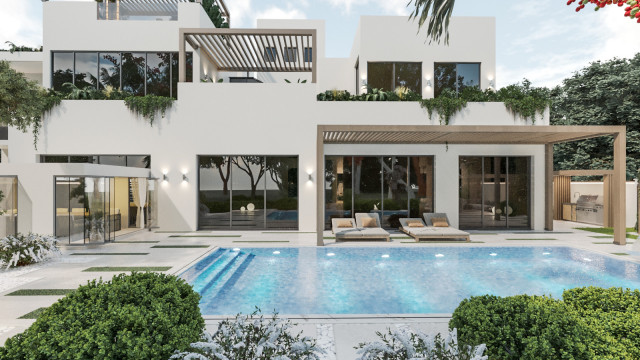HOME THEATER DESIGN SPECIFICATIONS
Home theaters are essentially an amalgamation of audio and visual technologies designed to mimic the comforts of seeing a movie in a theater at home. The sound experience that breathes life into your movie experience is one of the key distinctions between a television and a home theater design. For a large portion of the world's population, designing a home theater is as expensive as a utopian dream and is a relatively new idea in terms of cinema. The individual investing a lot of money, on the other hand, should obtain the best deal possible for the money he has spent on home theater interiors. By following a few guidelines while planning and setting up a home theater, a few things might balance out this experience of viewing movies. The most important question you should ask is, "Why do I need a home theater? You won't want to be someone who spends a lot of money on a home theater system just to use it seldom, therefore the answer to this question will make your journey much simpler.

One of the crucial elements that require the most of your attention is where you should put your home theater. Create an idealized audience first. Its location will be decided based on the audience type. The official audience won't need to invade your personal space, thus the home theater may be situated closer to the common areas without causing a disturbance. Whereas the home theater must serve as a private room for a casual and up-close audience, designating its location on the inner section of the home away from the public spaces. Placement of the home theater away from places with high traffic is another consideration. The dark color scheme is one that will enhance your home theater experience. The atmosphere will be much improved with a dark theme. The optimum color scheme will be monochromatic black since it will reduce the amount of light reflected from the surface and because a small amount of light entering the home theater interior design won't have a significant impact on the people within. One of the most popular color schemes for home theaters and other similar spaces is dual chrome, which consists of black and its substitute color. Never use more than three colors in any situation. Simple color schemes that allow the audio and visual systems to capture attention are required.

Even if you install the greatest audio-video equipment on the market, the atmosphere of the room may suffer if the design is poor and the occupants are not given the best possible seats and views. In order to plan the layout and seating, you must first determine the number of people who will fit in the space at most. Make sure you don't cut any corners when it comes to seating since doing so will have a very bad effect on the audience. To enable the people to have a very informal and happy atmosphere, flexible seating that allows for more postures must be favored over highly rigid sitting. When experiencing a movie theater experience at the comfort of your own home, you need everything to be just as wonderful as the theater, and any obstruction to that will cost you your attention. If you don't pay attention to every last detail, the experience isn't even a movie. Eliminate all distractions, big and little, in order to make your movie-watching session fantastic. One of them is reflected light, and one of the easiest ways to stop it is to cover any exposed surfaces with non-reflective materials at the wall.












